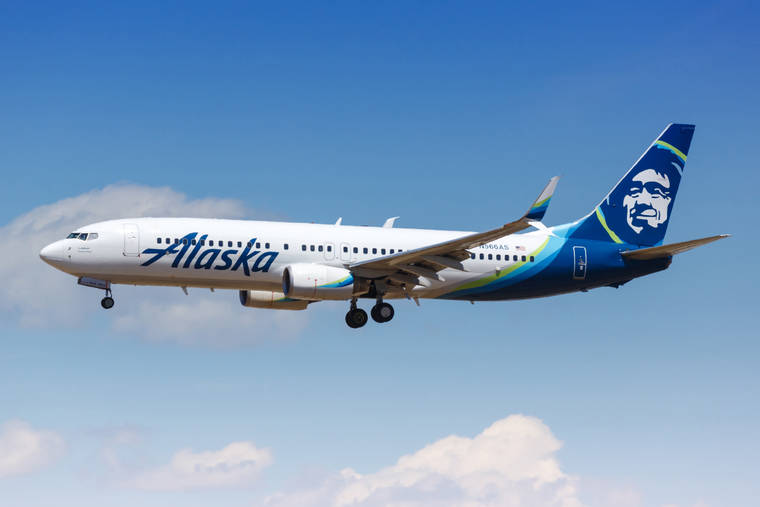Alaska Airlines on Wednesday announced a plan to join the Amazon Climate Pledge and reduce the airline’s carbon emissions to net zero by 2040, with interim goals for specific cuts in carbon, waste, and water use by 2025.
Alaska Airlines CEO Ben Minicucci called it a “bold path to reduce our climate impact near and long term.”
Before 2020, when air travel was expanding worldwide, global airlines were facing pressure to curtail greenhouse gas emissions. That pressure has eased a little during the COVID-19 pandemic, but is still present especially in Europe.
The French government this month banned short-haul internal flights where rail travel provides an alternative that could make the journey in two-and-a-half hours or less. More such measures are likely across Europe in future.
Broader public concern has been much lower in the U.S. Yet with Alaska’s network heavily focused on the West Coast and its passengers therefore more likely to be aware of the issue, the airline seeks to be a leader on the issue in this country.
First steps outlined by Alaska Wednesday include deploying new, more fuel-efficient Boeing 737 MAX aircraft in its fleet and reducing fuel use also through operational efficiencies — including artificial intelligence and machine learning technology to plan optimized routes, the company said.
Long-term plans include powering aircraft with biofuels as well as exploring technologies that may allow smaller electric-powered aircraft for regional flying.
Alaska said that because achieving zero emissions directly is unlikely, it will also identify credible, high-quality carbon offsetting technologies to achieve that goal.
One near-term goal is to cut in half emissions from the airline’s ground services equipment by 2025 through the use of ground equipment powered by electricity and other renewable sources.
Alaska also announced five-year goals to reduce waste through more sustainable packaging and in-flight recycling, while offsetting 100% of its operational water use through investments in natural habitat projects.
Diana Birkett Rakow, vice president of public affairs and sustainability, said that as the pandemic lifts and air travel returns, Alaska plans “a return to growth while embedding sustainability even deeper in our culture.”
She said Alaska will “work together with government, manufacturers, innovators and other industry partners to decarbonize aviation.”
The airline this year included a carbon emissions target in the incentive pay program for all 22,000 employees.




